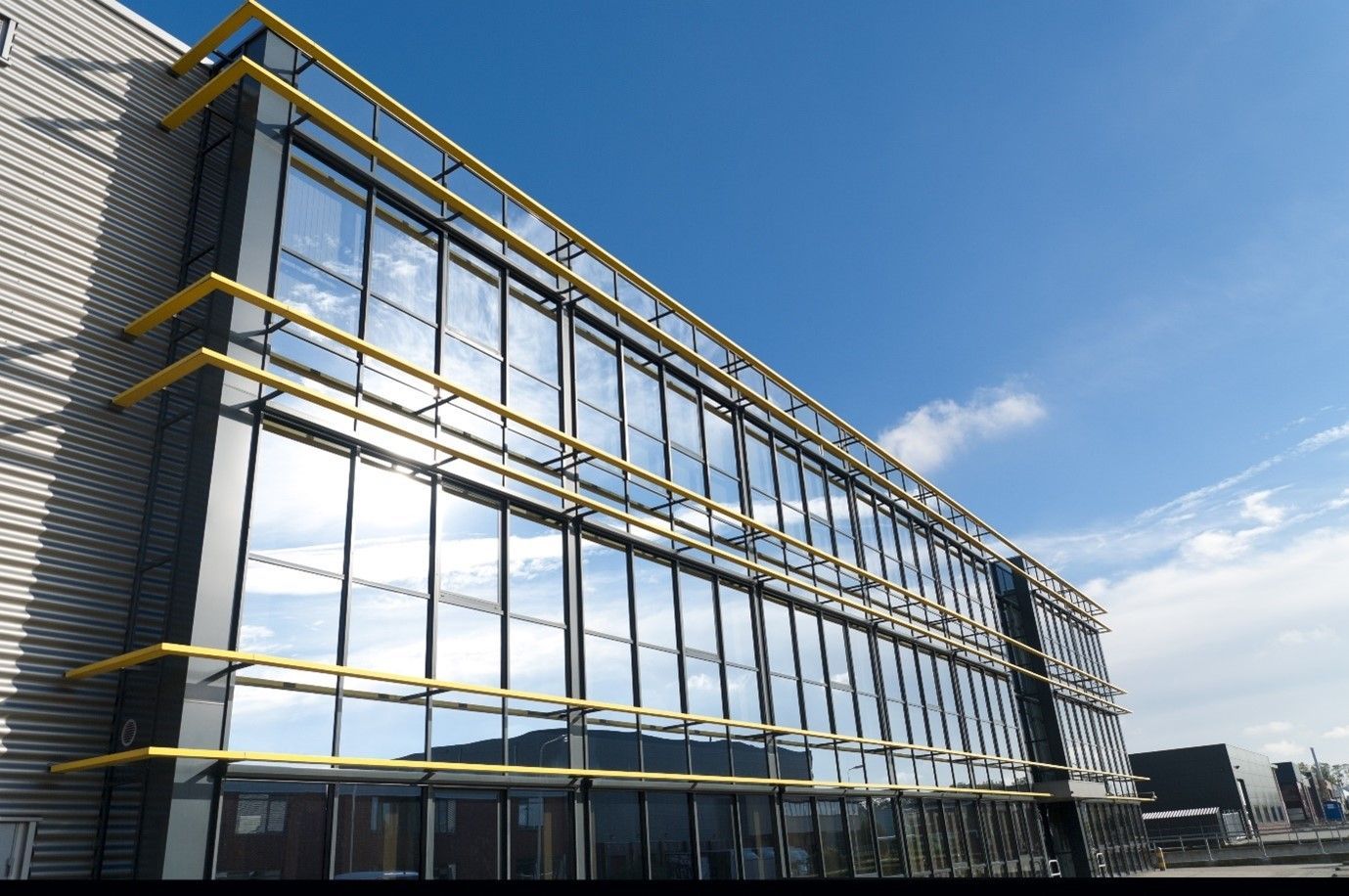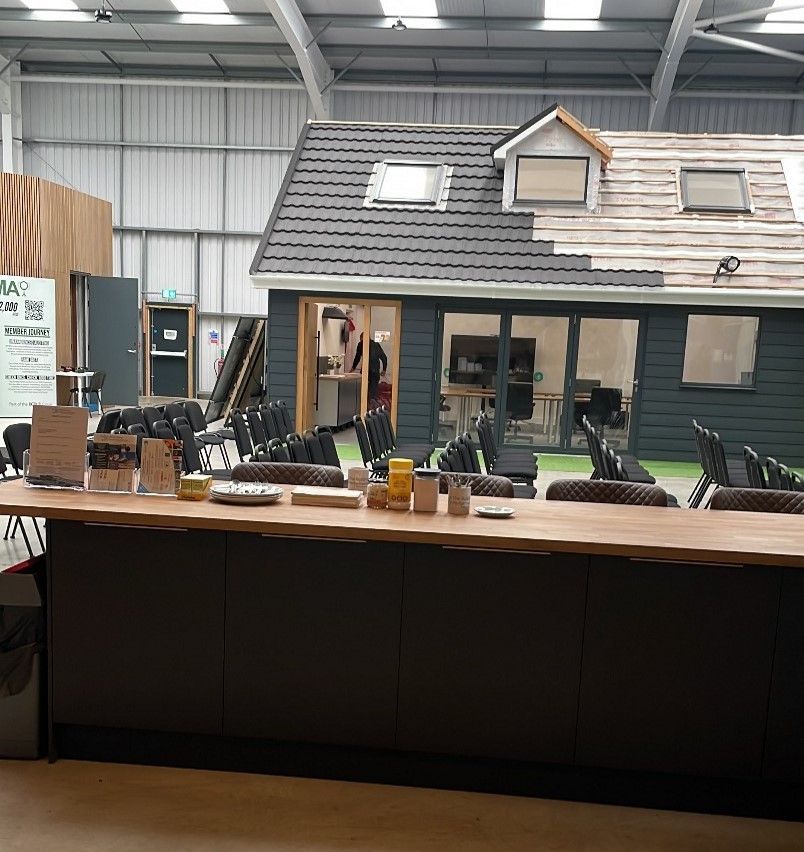The Future Homes Standard Part L standards
Takumi Sloan • January 22, 2021
Despite the improvements purposed by ‘The Future Homes Standard Part L standards’ with the continual improvement to u-values and building services efficiencies, there are some proposals that could lead to the reduction in green credentials.
The current proposal is to remove the fabric energy efficiency
target ‘FEE’ that could potentially see a return to a return to old bad habits of greenwashing a house to ensure building regulations compliance. Greenwashing a house was the act that saw builders build to the minimum u-value allowed by the regulations then providing low carbon or renewable technologies to then offset their carbon requirement. The problem with this strategy is that some technology has a limited lifespan, for example, solar panels having a lifespan of around 25 years. If these panels were not replaced or became faulty, then the property would have not achieved the required standards.
It is widely cited that a fabric first approach should be adopted before any low carbon or renewable technology is considered. This approach is so important that the ‘Architects Climate Actions Network’ wrote to Robert Jenrick, Secretary of State for Housing, Communities, and Local Government, urging him to retain the Fabric Energy Efficiency Standard. The group defined the current proposal as “inadequate” and would lead to a relaxing of energy efficiency levels.
Many other professional bodies have also raised concerns about the same matter. CIBSE, LETI, RIBA, and UK-GBC all responded stating the reduced fabric requirements and electric heating would adversely impact on fuel-poverty and peak electricity demand. Contact Ashby Energy Assessors.
Ashby Energy Assessors Blog and News

Biodiversity Net Gain (BNG) is an approach designed to leave the natural environment in a better state than before. It requires developers to assess the impact of their projects on local ecosystems and take active steps to ensure that the biodiversity is not only preserved but enhanced. As environmental concerns have gained more attention, BNG has emerged as a vital framework for mitigating the negative effects of development on nature, offering a systematic way to restore and improve ecosystems. This is particularly important in the local context, where urbanization and development often place heavy pressure on biodiversity.

Energy efficiency requirements for new homes and non-domestic buildings are set by Part L (Conservation of Fuel and Power) and Part 6 of the Building Regulations 2010 (“the Building Regulations”). The consultation paves the way for achieving the Future Homes Standard and Future Buildings Standard. It explores technical proposals for changes to the Building Regulations, the associated Approved Document guidance and calculation methods.


